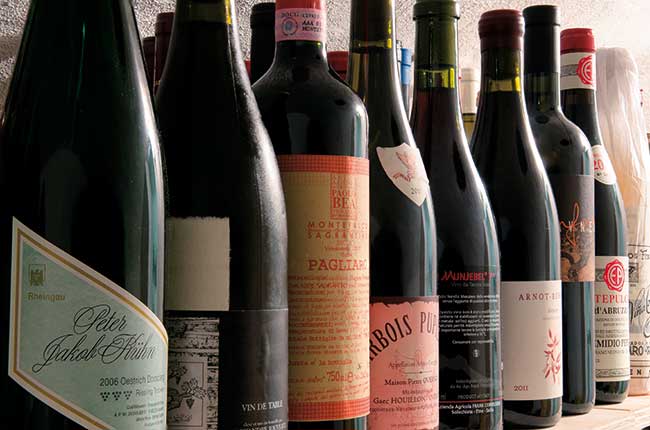Peter Dylan, Birmingham asks: I noticed in your ‘Top 35 New World Cabernet’ article (April 2017 issue) that many of the tasting notes mentioned ‘blood pudding’, ‘game’, blood’ and ‘meat’. I think more of Syrah/Shiraz as a meaty wine, not Cabernet Sauvignon. So what makes a wine taste like this – is it the grape itself, the soil or the oak?
Anthony Rose replies: I’d divide the answer to this perceptive question into two categories, one positive, the other negative.
On the plus side, descriptors such as these as often as not have to do with characteristics of evolution. As the pigments and tannins in red wine age and the flavour compounds associated with primary aromas fade, so secondary and tertiary aromas and flavours with more savoury elements such as those described come into play. Three of the six wines with such characters in our selection were from 2012 vintage, one from 2011, one from 2009 and one 2008.
More negatively, the spoilage yeast brettanomyces is often associated with descriptors like Elastoplast, animal, meaty, horsey and sweaty saddle. Elastoplast was once thought a positive character in Pauillac, sweaty saddle in Rhône and Australian Shiraz. We know better now. A dozen wines we tasted with such, less-flattering, animal-related descriptors didn’t make our top 35.
More questions answered:

What is the tannin scale? – Ask Decanter
Heard wine experts referring to the tannin scale...?

What gives a wine ‘length’? – Ask Decanter
Where does that after-taste come from?...

What is the point of heavy bottles? – Ask Decanter
What are the benefits...?







